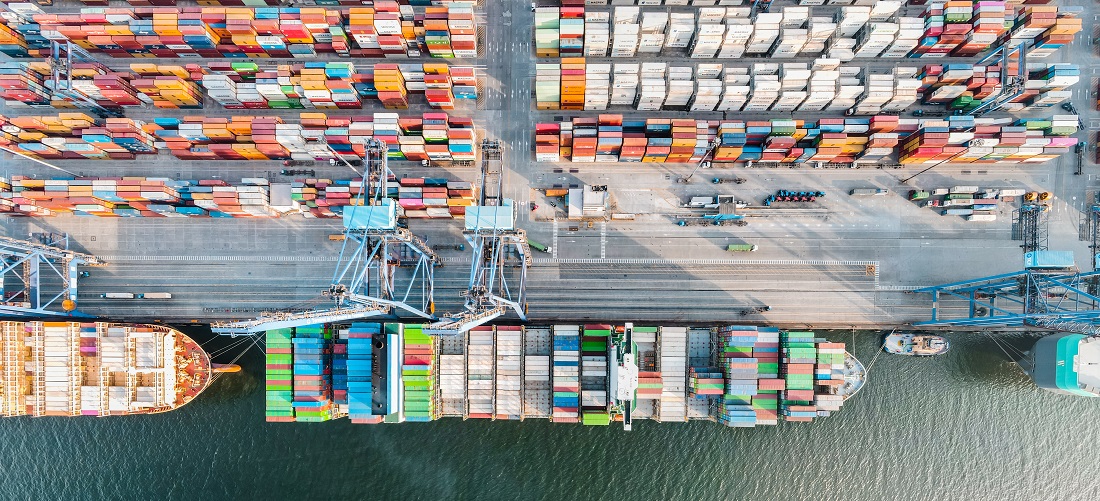
Maritime Transport 2023: how will freight rates look like?
Jan, 20, 2023 Posted by Gabriel MalheirosWeek 202303
The coronavirus pandemic, combined with structural logistical problems, still influences freight rates today in 2023.
Among the effects on global trade caused by the coronavirus’s rapid spread and the preventive measures implemented in 2020, it is worth noting:
- Economic crisis;
- Race to find the equilibrium between supply and demand;
- Obstruction of the global logistics chain due to lockdowns;
- Increased costs in foreign trade operations due to lack of appropriate containers;
- Cancellation of services;
- Freight costs increase in all transportation modals;
- Shortage of products.
Due to the ongoing conflict between Ukraine and Russia, as well as the challenges faced by international organizations and industries worldwide, some pandemic-related issues have returned, such as product shortages, difficulties in negotiating, and global supply logistics obstacles.
The war in Ukraine had a number of consequences for Brazil, including a decrease in the imported volume of fertilizers and medicines, as well as reduced agricultural exports to both countries.
The surging costs arising from international sanctions and insufficient supplies were, therefore, passed on to end customers thanks to the increased price of imported products.
In this context, one of the most evident consequences over the last three years has been increased maritime freight. Therefore, it is correct to state that expectations for international freight in 2023 are for normalization, as new fleets of ships are available, port congestion is no longer a reality, and vessels have greater cargo capacity; however, the increase in fuel prices, which will be contained until February 28, 2023, by Brazil’s Provisional Measure No. 1,157, may slow the rate of price stabilization.
According to XPoents, a company specializing in reducing tax costs, the fuel used by most ships is made up of petroleum derivatives. It is called fuel oil or bunker oil, whose price registered an increase of 84.2% in February 2022 on transatlantic routes.
According to the United Nations (UN) agency, the estimated average increase for maritime trade in 2023 is 2.1%, which tends to continue until 2027.
In addition, according to the 2022 Maritime Transport Review carried out by the United Nations Conference on Trade and Development (UNCTAD), the sector needs to prepare itself to become more “sustainable and resilient.”
To this end, the maritime industry must invest in infrastructure, stabilize the mismatch between demand and supply of maritime fleet capacity and not delay the decarbonization of transport, improving energy efficiency and reducing greenhouse gas emissions.
According to the TradeMap news portal, the increase in freight prices was the main challenge for 90% of companies with operations in international trade, according to a survey by the National Confederation of Industry (CNI) released in October 2022. Furthermore, the high transport cost was the main problem for 92% of exporters and 95% of importers.
Source: Comex do Brasil
To read the original reporting, access: https://www.comexdobrasil.com/transporte-maritimo-2023-como-ficarao-os-valores-dos-fretes/
-
Oil and Gas
Jul, 12, 2022
0
Importers in Brazil wary of Russian diesel import claims
-
Meat
Dec, 16, 2021
0
Brazilian pork and chicken meat production and export to set records in 2021
-
Dec, 06, 2021
0
Port of San Francisco cargo handling up 25% in November
-
Shipping
May, 04, 2023
0
Maersk’s first-quarter revenue and earnings down from last year levels



